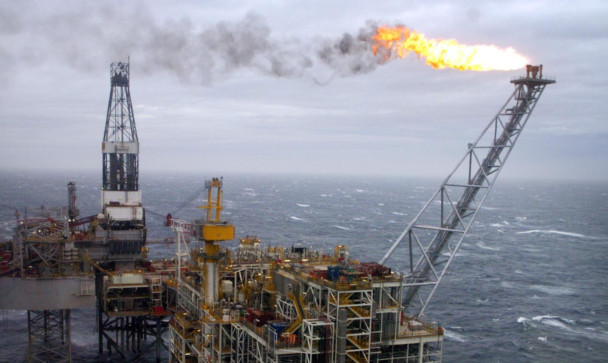Investment by the UK oil and gas sector is anticipated to hit at least £13 billion this year, according to new research.
Oil & Gas UK’s activity survey revealed a total investment of £11.4bn in 2012, the highest for more than 30 years and it said investments totalling almost £100bn are now in companies’ plans.
Thousands of jobs are being created across Britain as a result of the investment which comes in response to the introduction of tax changes designed to encourage growth in the industry.
Oil & Gas UK chief executive Malcolm Webb said the survey results were “really good news for the UK”.
“After two disappointing years brought about by tax uncertainty and consequent low investment, the UK continental shelf is now benefitting from record investment in new developments and in existing assets and infrastructure, the strongest for more than three decades,” he said.
“The recent introduction of targeted tax allowances to promote the development of a range of difficult projects, coupled with the Government’s ground-breaking commitment to provide certainty on decommissioning tax relief, has prompted global companies and independent businesses alike to take another look at the UK as an investment destination and resulted in a new wave of investment.
“It is crucial we sustain this momentum.”
More oil and gas reserves have become commercially viable for development thanks to recent improvements in both the tax regime and technology.
The number of projects submitted to the Department of Energy and Climate Change (Decc) and given development approval almost doubled between 2011 and 2012, with projects approved since January 2012 involving investment of £13.4bn.
However, as reserves moved through into production they have not been fully replaced with new discoveries.
While sanctioned reserves rose at the start of 2013 to 7.4bn barrels of oil equivalent (boe) the highest level for six years total reserves in companies’ plans fell by half a billion boe.
“Only 21 exploration wells per year on average were drilled over the last three years,” Mr Webb said.
“As a result, in 2012 not enough barrels were discovered to replace all those produced.
“However, again, there is real cause for encouragement as the survey results lead us to forecast 130 exploration wells over the next three years which, alongside the use of new and improved sub surface technology, should result in many more barrels being discovered.”
While production may dip this year to 1.45-1.5 million boe per day, Oil & Gas UK predict the recent surge in investment will lead to a significant upturn over the next three to four years, rising to approximately two million boe per day by 2017.
“Recent collaborative work between Government and industry is now bearing fruit in terms of investment and job creation right across Britain and recovery in production and tax revenues will certainly follow,” Mr Webb added.
